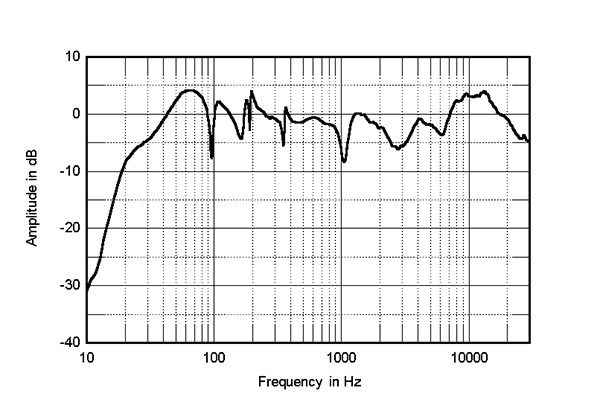A speaker can sound very good yet have a significant dip (or more than one). Generally that dip is at the bottom and most people check for that by playing songs heavy in bass. But a dip at a different frequency might not be caught until you play that one song that has an important note at that frequency and you say "what happened to that chord?"
Then you know something is missing and can’t enjoy the speakers any more. I do like to see a graph or a published number. Here are the numbers from my speakers: 20 – 20000 [Hz] ±3 [dB]
Looking at the graph for this speaker, it looks like the numbers would be 20-20,000 hz, +4/-8 dB. I think that would raise some eyebrows.
Jerry
PS Everyone says "listen to these before you buy. My point is you may not catch these dips in a 15 minute audition.


